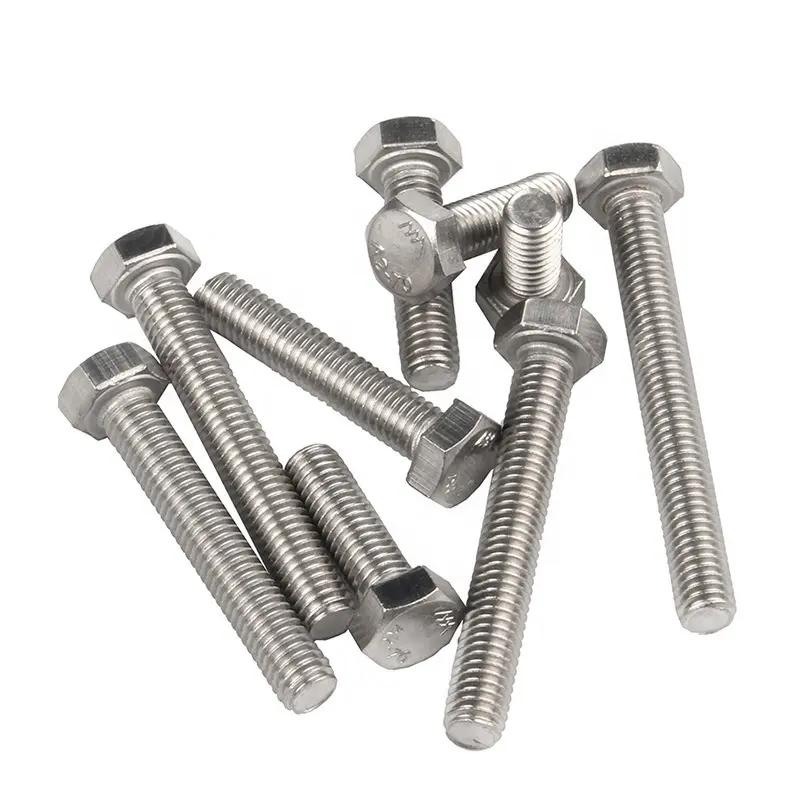

photovoltaic bracket
Dec . 21, 2024 13:18 Back to list
photovoltaic bracket
Understanding Photovoltaic Brackets An Essential Component for Solar Energy Systems
In recent years, the urgent need for sustainable energy solutions has catalyzed a significant shift towards solar energy. Amidst this transition, photovoltaic (PV) technology has emerged as a leading player, converting sunlight into electricity and empowering homes, businesses, and communities alike. However, the success of solar installations relies not only on the quality of solar panels but also on the robustness of their supporting structures — photovoltaic brackets. This article delves into the crucial role of PV brackets, their types, materials, and considerations for optimal installation.
What are Photovoltaic Brackets?
Photovoltaic brackets, often referred to as mounting systems, are integral components designed to support solar panels securely. These brackets ensure that solar panels remain stable and correctly positioned to maximize sunlight exposure throughout the day. Since solar installations can vary significantly based on geographical location, weather conditions, and specific site requirements, the design and functionality of PV brackets play a pivotal role in the overall efficiency and durability of the system.
Types of Photovoltaic Brackets
There are several types of photovoltaic brackets, each catering to different installation needs
1. Roof Mounts These are designed for solar panels installed on rooftops. Roof mounting systems can further be divided into fixed mounts, which keep panels at a specific angle, and adjustable mounts, which can be altered for optimal sun exposure throughout the year.
2. Ground Mounts Ideal for larger solar installations, ground mounts offer flexibility in placement. They can be designed in fixed or adjustable formats and are suitable for sites with ample space.
3. Pole Mounts These are elevated structures that allow solar panels to be mounted on poles. They provide clear ground space and can also be adjusted to capture maximum sunlight.
4. Tracking Systems A more advanced option, tracking systems rotate solar panels throughout the day to follow the sun’s path. This technology can significantly enhance energy capture, though it generally comes at a higher cost.
Materials Used in Photovoltaic Brackets
The choice of materials for photovoltaic brackets varies based on the intended application and environmental conditions. Common materials include
photovoltaic bracket

- Aluminum Lightweight and resistant to corrosion, aluminum is a preferred choice for many PV brackets. Its durability and strength make it capable of withstanding harsh weather conditions.
- Steel Though heavier than aluminum, steel brackets are extremely strong and can bear substantial loads. They are often treated with protective coatings to prevent rusting and deterioration.
- Plastic and Composites These materials are sometimes utilized for brackets in less demanding environments. They are lightweight and resistant to corrosion but may not provide the same level of strength as metal brackets.
Key Considerations for Installation
When selecting photovoltaic brackets, several factors should be considered to ensure a smooth installation and optimal performance
1. Load Capacity Brackets must be capable of supporting the weight of the solar panels and any additional loads, such as snow or wind.
2. Compatibility It's crucial to ensure that the chosen brackets are compatible with the specific solar panel model being used.
3. Installation Location The mounting system should be designed for the specific environmental conditions at the installation site, including wind speeds, snow loads, and seismic activity.
4. Regulatory Compliance Always verify that the installation meets local codes and regulations to avoid complications.
Conclusion
In conclusion, photovoltaic brackets are more than mere supports; they are engineering solutions that enhance the efficiency and reliability of solar energy systems. Understanding the various types and materials of PV brackets, along with the considerations for installation, can help homeowners and businesses make informed decisions when adopting solar energy. As we continue to navigate the challenges posed by climate change, the importance of solar power and the components that enable its success cannot be overstated. Investing in quality photovoltaic brackets is a step toward a sustainable future powered by the sun.
Latest news
-
High-Strength Hot Dip Galvanized Bolts - Hebei Longze | Corrosion Resistance, Customization
NewsJul.30,2025
-
Hot Dip Galvanized Bolts-Hebei Longze|Corrosion Resistance&High Strength
NewsJul.30,2025
-
High-Strength Hot-Dip Galvanized Bolts-Hebei Longze|Corrosion Resistance&High Strength
NewsJul.30,2025
-
Hot Dip Galvanized Bolts-Hebei Longze|Corrosion Resistance&High Strength
NewsJul.30,2025
-
Hot Dip Galvanized Bolts - Hebei Longze | Corrosion Resistance, High Strength
NewsJul.30,2025
-
High-Strength Hot Dip Galvanized Bolts-Hebei Longze|Corrosion Resistance, Grade 8.8
NewsJul.30,2025

